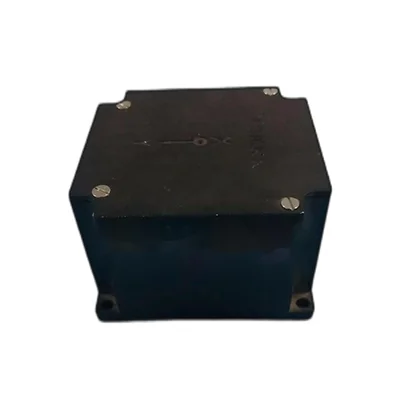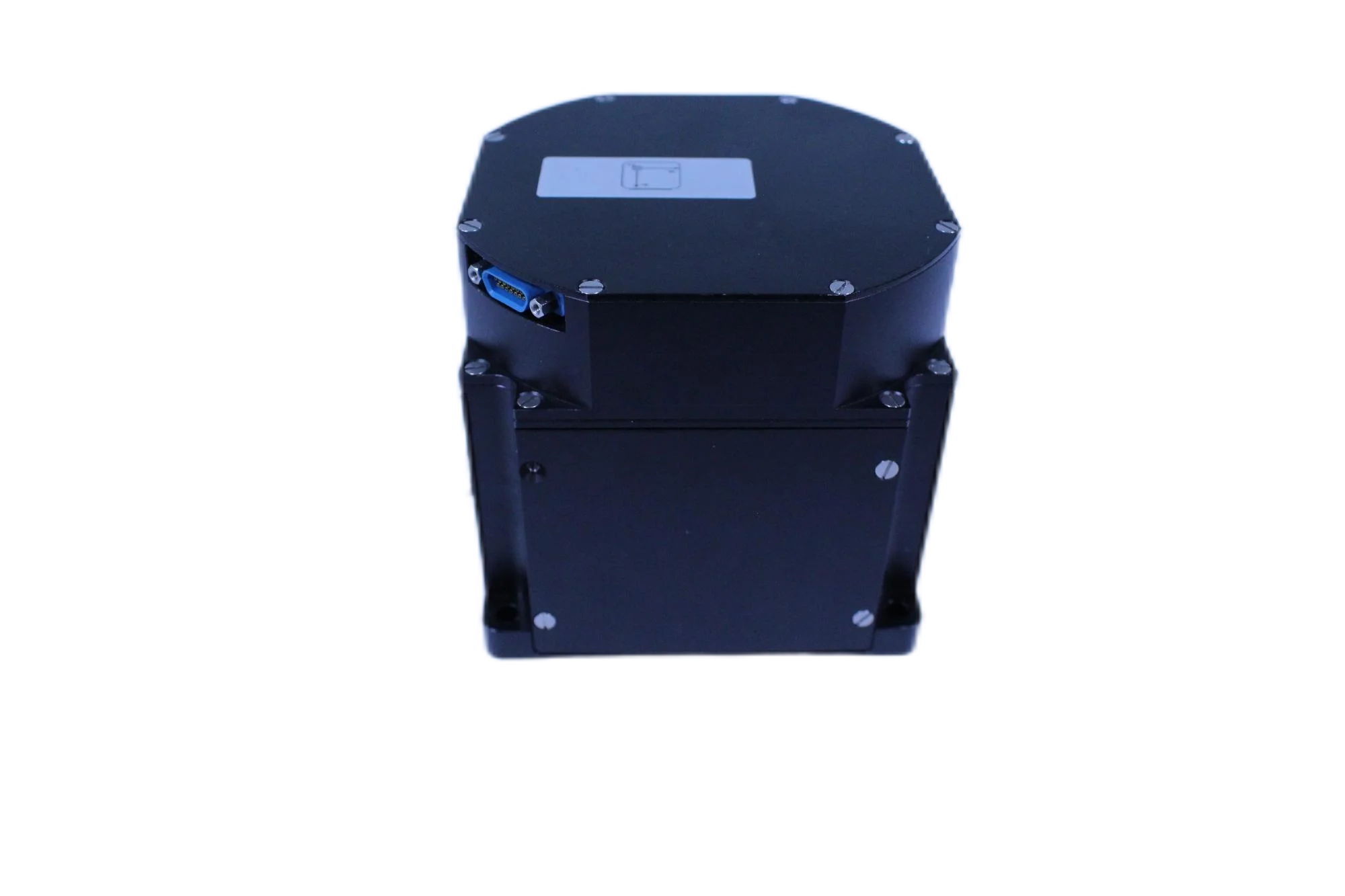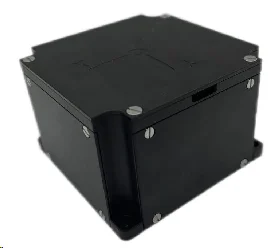Fiber optic gyroscopes (FOGs) have become indispensable tools in modern navigation and orientation systems, offering unparalleled accuracy and reliability in environments where conventional positioning technologies may struggle. Their working principle, based on the interference of light within optical fibers, provides a robust, maintenance-friendly, and highly precise alternative to mechanical gyroscopes.
LINS, a high-tech enterprise dedicated to the research, development, and integration of inertial sensing technologies, has positioned itself as a pioneer in advancing fiber optic gyroscope applications across multiple sectors. With a strong focus on technological innovation and industrial deployment, LINS has played a significant role in making FOG-based solutions widely accessible.
Exploring the Fundamental Principles of Fiber Optic Gyroscopes
At the heart of a fiber optic gyroscope lies the Sagnac effect, a physical phenomenon discovered over a century ago. When a coil of optical fiber carries two beams of light traveling in opposite directions, any rotation of the coil causes a phase shift between the beams. By measuring this phase difference, the system can calculate angular velocity with extraordinary precision.
Key components of an FOG include:
An optical fiber coil that acts as the sensing element.
A coherent light source, often a superluminescent diode or laser.
Beam splitters and couplers to guide the light beams.
Photodetectors to capture interference patterns.
Signal processing electronics for real-time computation.
LINS has refined each element of this architecture by utilizing high-grade optical materials, low-loss fibers, and proprietary processing algorithms to enhance measurement stability and minimize noise.

Advantages that Drive Adoption Across Industries
The rise of fiber optic gyroscopes is largely driven by their distinctive benefits over traditional mechanical gyros and magnetically dependent systems.
Exceptional Accuracy and Low Drift: FOGs offer high-resolution angular velocity data without frequent recalibration.
Resistance to Environmental Stress: Their lack of moving parts makes them inherently durable under shock, vibration, and temperature fluctuations.
Immunity to Electromagnetic Disturbances: FOGs are ideal for environments where magnetic interference renders other systems unreliable.
Compact and Scalable Designs: Advances in integration allow FOGs to be deployed on both large-scale industrial equipment and portable platforms.
LINS has continually improved these characteristics to meet the specific requirements of aerospace, maritime, land-based transport, and automation fields.
Integration in Aerospace and Aviation
In the field of aviation and space exploration, FOGs serve as a critical navigation tool for aircraft, satellites, and spacecraft. They provide reliable inertial reference data even when external navigation signals are obstructed. Their stability ensures precise attitude control during extended operations.
LINS collaborates with aerospace integrators to supply high-grade FOG modules that conform to rigorous safety and reliability standards demanded by this sector.
Applications in Maritime Navigation
Fiber optic gyroscopes have transformed maritime navigation by offering dependable course-keeping capabilities for surface ships, submarines, and autonomous underwater vehicles. In the absence of satellite signals, FOG-based systems maintain accurate heading information over prolonged durations.
LINS provides customized maritime FOG solutions, designed with reinforced enclosures and corrosion-resistant materials suitable for challenging marine environments.

Role in Land-Based Transport and Robotics
Land vehicles, including high-speed trains, underground mining vehicles, and autonomous platforms, rely on FOGs for precise movement and orientation data. Their resistance to vibration and harsh industrial conditions makes them particularly valuable in rail transportation and construction machinery.
LINS integrates fiber optic gyroscopes into advanced navigation and control systems for unmanned ground vehicles and automated transport fleets, helping operators maintain accuracy in dense urban or subterranean landscapes.
Contribution to Industrial Automation and Infrastructure
In manufacturing and infrastructure management, precision orientation is vital for machine alignment, tunnel boring, surveying, and robotic operations. FOG-based systems provide continuous feedback that enhances operational efficiency, reduces downtime, and ensures safety in high-interference industrial zones.
LINS offers integration-ready inertial modules that combine FOG data with other sensors to create comprehensive automation solutions.
LINS and Its Expertise in Inertial Sensing Technology
As a high-tech enterprise focused on inertial sensing technology research and product integration, LINS stands as a key driver of fiber optic gyroscope innovation. Its research facilities emphasize precision manufacturing, signal processing, and cross-disciplinary engineering to optimize the performance of FOG-based solutions.
Core strengths of LINS include:
Advanced optical fiber winding techniques to minimize bias instability.
High-stability light source development for improved signal clarity.
Proprietary calibration and compensation algorithms.
Tailored product designs for specific industrial challenges.

Manufacturing Excellence in Fiber Optic Gyroscope Production
Producing a high-performance fiber optic gyroscope requires meticulous attention to manufacturing processes. Fiber winding, for example, demands precise tension control and thermal stability to avoid deformation. Likewise, the assembly of optical components must minimize reflection, scattering, and losses that degrade signal quality.
LINS utilizes:
Temperature-compensated winding technologies.
High-purity, low-attenuation optical fibers.
Multi-stage quality inspection protocols.
These methods ensure consistent product reliability and extended operational life.
Integration with Inertial Navigation Systems
A fiber optic gyroscope is often integrated with accelerometers, magnetometers, and processing units to create a complete inertial navigation system (INS). This combination allows continuous determination of position, velocity, and orientation even when satellite navigation is disrupted.
LINS provides modular INS solutions featuring its proprietary FOGs, enabling industries to enhance operational resilience through seamless sensor fusion.
Commitment to Quality, Sustainability, and Client Success
LINS approaches product development with a strong emphasis on quality control, lifecycle sustainability, and customer-focused customization. By employing eco-conscious materials and designs that allow for modular upgrades, LINS minimizes environmental impact while extending product longevity.
This commitment ensures that industries not only benefit from cutting-edge inertial sensing but also achieve cost-efficiency and reduced maintenance burdens over time.

Conclusion
Fiber optic gyroscopes have established themselves as indispensable tools in navigation, motion sensing, and industrial automation. With unmatched stability, durability, and immunity to environmental disturbances, they provide reliable orientation data across aerospace, maritime, land-based, and manufacturing sectors.
LINS continues to lead the evolution of this technology through advanced research, robust manufacturing techniques, and customized integration services, helping industries unlock the full potential of inertial sensing technology.
How Fiber Optic Gyros Work and Key Advantages
www.lins-imu.com
LINS



